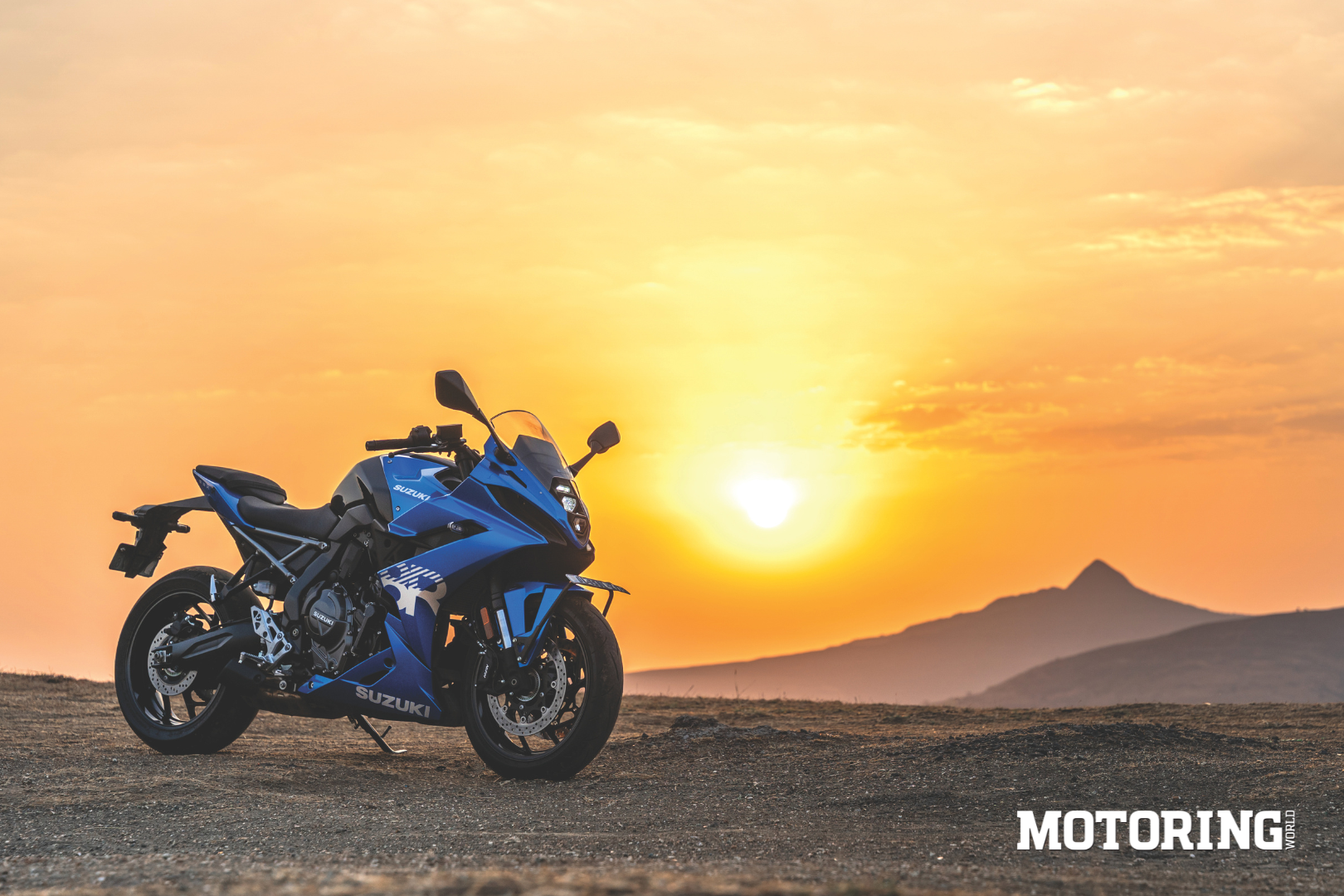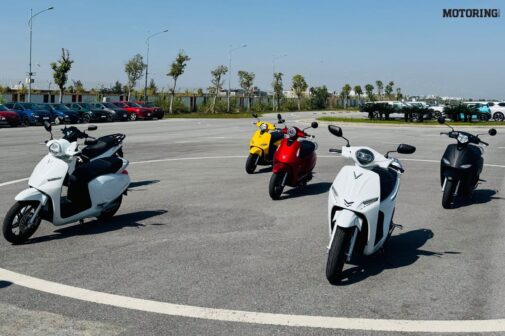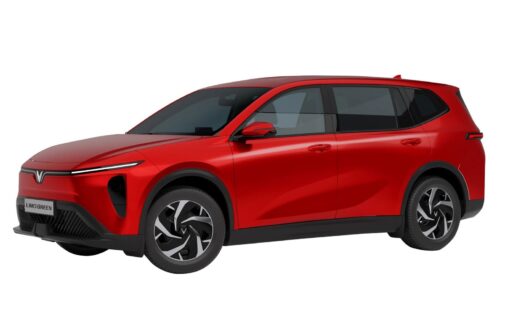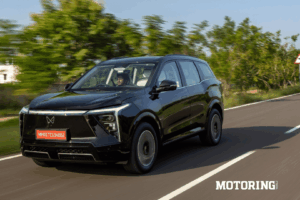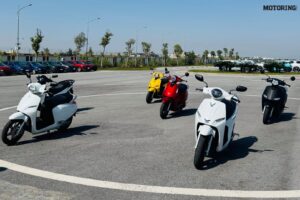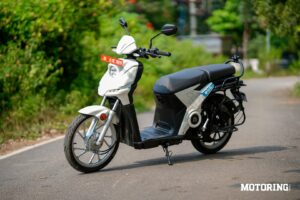Mankind was a fierce species once — one that walked the earth barefoot and bloodied, chasing beasts through the jungles with spears in hands that could end a life in a single thrust. The world was raw, the hunt was constant and so was the hunger to remain on top of the food chain. We earned that place, too.
Since their inception, motorcycles have mirrored that aggression — they were as wild as the riders who straddled them. Supersports, specifically, were road-legal machines that one could race with; the Suzuki GSX-R tag was reserved for such special few. After all, the ‘R’ suffix stood for Racing. So, when the GSX-8R was announced, I was a bit disheartened — this seemed nothing like the fabled GSX-R600 or the GSX-R750 — but then again, this is what the middleweight supersport segment has turned into, hasn’t it? Mild-mannered street bikes that can do occasional track days. But it’s not the bike’s or the brand’s fault, is it? It is us who are losing that ferocity. Yet, deep inside I wanted to be proven wrong, and hence, in the scorching heat, I decided to don racing leathers and go apex-hunting.

When the first ray of light hit the 8R, I momentarily saw a glimpse of the old GSX-Rs — the vertical headlight unit flanked by (faux) air vents on either sides, the Metallic Triton Blue paint job, the stubby tail section — but all of that disappeared as my eyes wandered to admire the smaller details. The clip-ons looked wide and tall, the footpegs seemed too low for a supersport and as soon as I swung my leg over, it felt more like a sports tourer — relaxed and comfortable rather than something that would taunt me every few minutes for my growing paunch as soon as I reached for the handlebar.
Modern life is comfortable, and comfort breeds softness
I was hoping that the sound of the 776cc parallel-twin motor would bring some reassurance that this bike was not just a pseudo sportsbike, but I was proven wrong again. Instead of the authoritarian tone that a 270-degree crank has, the 8R was just talking under its breath as if its confidence was already crushed under my expectations. And as soon as we set off, I understood why.
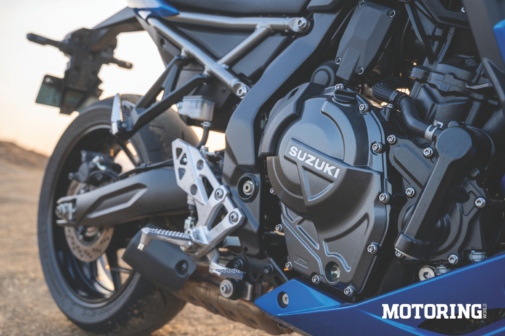
The under-construction road and a few broken stretches of tarmac that led to the twisties didn’t seem to bother the 8R at all. Its non-adjustable 41-mm Showa SFF-BP forks and the link-type Showa monoshock were ironing out almost every imperfection on the road. Complementing that ride quality was the friendliness of the engine. I was riding a gear or two higher than I would have, and the bike didn’t protest. A glance at the TFT dash, and of course, I was in C (Comfort) mode with the three-level traction control at its most intrusive setting. Three button presses later I was in A (Active) mode with TC dialled to the minimum.
The wild within doesn’t die — it just waits for the right switch
Suddenly, it felt as if the 8R remembered its lineage; the engine raced to the redline with maximum urgency. The bike was finally using all its steam to get to not-so-legal speeds within seconds. With most of its 8.32-kgm available from as low as 4000 rpm, there was always enough drive to shoot out of corners even if I wasn’t in the correct gear. It was like the engine was sprinting with me, but also lent a hand if I faltered. And I took that as a sign to push even harder, dispensing all of the 82 Japanese horses as hard as I dared.
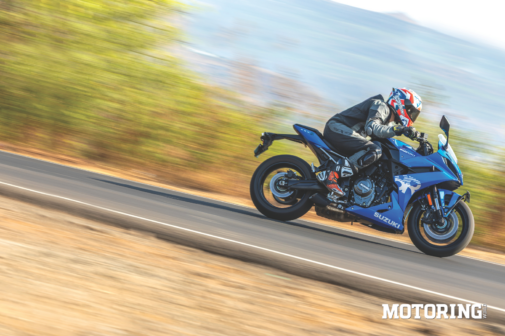
The first three gears were all about the traction control light warning me of the lunacy I was subjecting myself and the bike to. But that punchy low- to mid-range grunt meant that the top end was almost flat, and the engine would run out of breath nearing the redline.
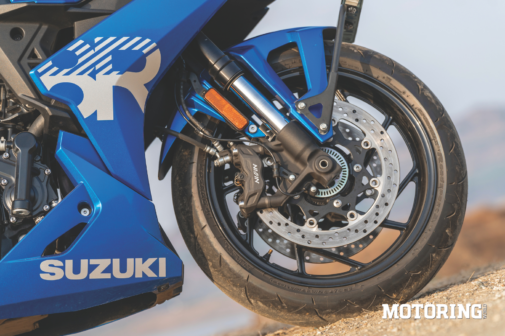
And it was easy to shed speeds, courtesy the Nissin brakes. They weren’t superbike-like feisty, but were progressive and communicative. And the Showa suspension, too, worked well under all that duress which was surprising considering how pliant it was at the start of the ride. Even the Dunlop rubber made things easy to the point where I grazed the footpeg feeler unintentionally. Yes, the sports tourer-like riding position did limit the extent to which I could have exploited this bike’s limit, but I wasn’t on a race track, anyway.
Evolution isn’t about losing our edge. It’s about sharpening it differently
The GSX-R line of motorcycles have been thoroughbred track machines ever since the first one rolled out in 1984. All of them, except for the piddly 125 and the modern 250 have been inline-four powered track-ready motorcycles. In fact, the 8R is the first middleweight GSX to have a parallel-twin engine. But is this a GSX-R, at all?

No, it isn’t. The Japanese company used the glorious past of its GSX line of motorcycles to introduce the 8R, but didn’t name it like it had named all the previous ones — it is not called the GSX-R 800, and that is for a reason — the GSX-R was and continues to be a line of motorcycles that stayed true to its motorsport legacy.
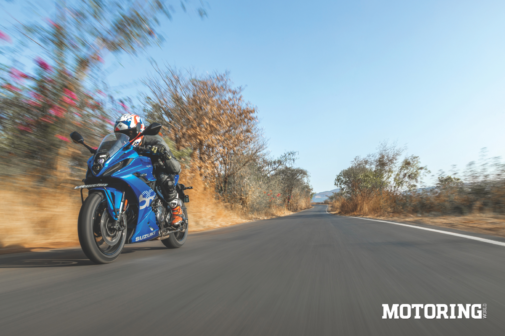
The GSX-8R represents a new dawn in the middleweight super sport segment. It may not wear the full R badge, but the GSX-8R doesn’t pretend to. Not everybody wants sore wrists and a powerband like a punch in the face these days. The 8R acknowledges that the average rider has evolved, and in doing so, it becomes more approachable, more liveable, and perhaps even more relevant than its razor-sharp predecessors ever were for everyday use.

But does that mean that the GSX spirit has vanished entirely? Heck no! Be feisty enough with your throttle, and the 8R still has claws. It’s just that it doesn’t bare them all the time. And maybe that’s the most modern kind of ferocity — one that’s calculated, versatile, and doesn’t feel the need to be loud to show that.

So no, it isn’t a GSX-R in the old-school sense. But perhaps that’s all right. Because we’re not chasing lap records every day. We’re chasing the feeling of control, of flow, of connection. And on a winding road with the sun hanging low, the GSX 8R delivers exactly that.





